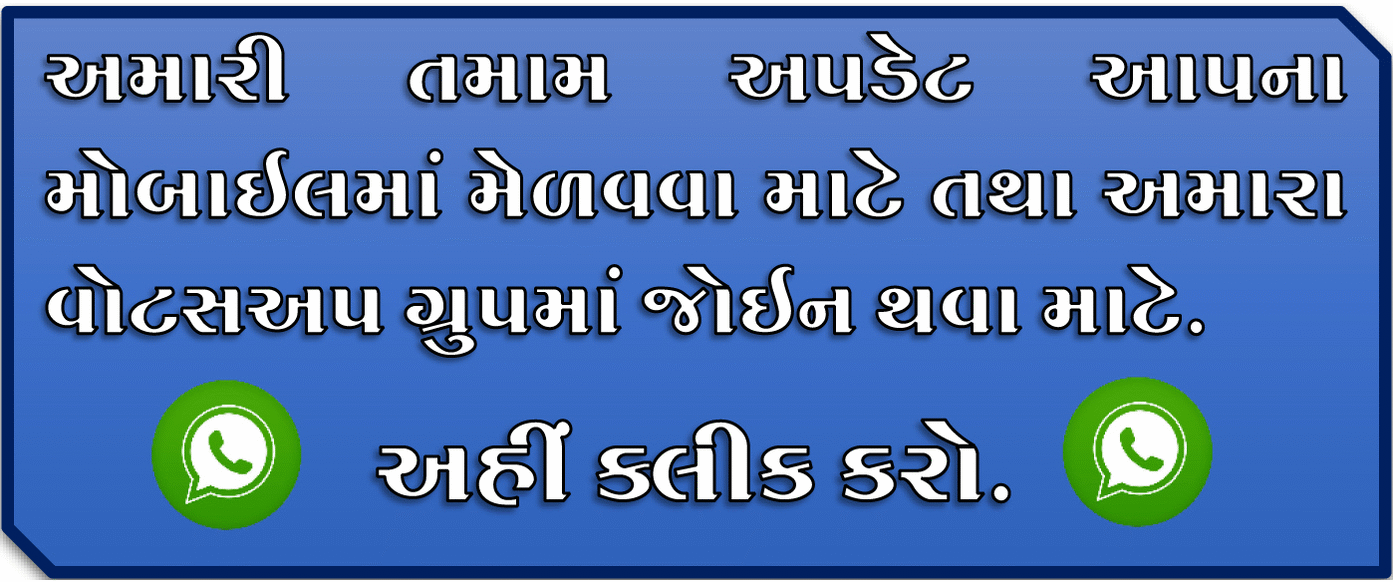PRAGNA MEGA MATERIAL L T CH KH MULAKSHAR
PRAGNA activity-based learning approach
Many programs across the country such as DPEP, SSA, NPEGL are moving towards globalization of elementary education. As a result, there has been a significant improvement in the enrollment and maintenance of children at the primary level over the past decade. Yet, despite sincere and dedicated efforts at various levels for quality in education, there is still a long way to go. When one thinks of general elementary classes, the picture of a teacher-centric classroom that comes to mind is as follows:
The teacher always dominates the classroom, there is no allowance for children to learn their own development.
It is believed that all children will learn at the same time and in the same way.
Problems of the multi-grade and multi-level nature of the classroom are not taken into account.
TLM is rarely seen by children as a general practice.
Most of the materials used are not ready for self-learning.
The child has no chance to learn the lessons he missed during his absence in class.
Assessment methods are mostly good and only test rot learning by children.
To address the above issues, Pragya - an activity-based learning approach, has been launched with the objective of correcting and overcoming these difficulties and making the classroom a more holistic and learner-based way of working with children throughout the day. Year.
Why Pragna?
It gives children the opportunity to learn at their own pace and level
Provides a platform for children to learn through experience
It offers learning opportunities from teachers and peers
It gives the child exposure to various project work and field work
Child's continuous and comprehensive assessment is embedded and stress free
It helps the child learn how to learn
Children are learning without burdens
PRAGNA:
Classroom: Pragya Classroom is a regular place for children where they will like to come and learn. It is a place where content is within their reach and they also have the freedom to use the content as needed there.
Subject Classroom: There are special subject rooms instead of the usual classroom. The special rooms of the subject are designed in such a way that the child can have easy access to the material related to a particular subject. Separate room for language-EVS and mathematics-Rainbow activities are organized in the schools.
Seating Arrangements: Children as well as teachers sit on the floor instead of table-chair, bench or any kind of fixed furniture, carpet or mat.
PRAGNA means intelligence, understanding, wisdom
Group Formation: Standard 2 and any other classroom with 2 children simultaneously. The combined group of standard one and two children is divided into six groups according to the stage of education. These groups are
(1) Teacher Supported Group
(2) Partial Teacher Supported Group
(3) Peer Support Group
(4) Partial Peer Support Group
(5) Self Learning Group and
(6) Evaluation Group.
WATCH PRAGNA MEGA MATERIAL L T CH KH MULAKSHAR VIDEO
Classroom Physical Environment: Rack & Tray, CD, Group Chart, Student Slate, Teacher Slate, Student Progress Chart, Display, Learning Card / Activity Card, Workbook, Flash Cards, Game Board, Beginner Reader, Pictorial Dictionary, Rainbow Activity, Student Profile, Student Portfolio, EVS Project Sheets, Mathematics Practice Book, Gujarati Vachanamla, EVS - Manan, Teachers Handbook, Training Module, TLM B, X, Training CD, Advocacy CD, Jingle, Pragya.
Approach:
- Ladder inspection
- Picking cards
- Choosing a group
- Doing activity
- Recording progress
Coverage
Accumulated coverage 2010 2011 2012 2013 2014 2015 2016
School 256 2,586 3,756 7,504 15,991 20,080 22,097
Teacher 566 6,247 14,634 25,742 48,763 70,402 79,489
Student 18,484 2,07,763 4,77,881 7,92,816 14,93,411 21,53,820 23,94,792
However, the decision to reduce the resentment of primary teachers against the "complex teaching method" under Pragya cannot be denied.
Teachers have resisted the project on a number of grounds, ranging from the difficulty of "maintaining order" in the classroom to the grouping of different classes in one room, resulting in a loss of attention, an "extra workload" on them.
This is clearly stated in the survey report prepared and submitted by the Gujarat Evaluation Department under the General Administrative Department (GAD) in 2017. The teachers in their reply said, “It becomes difficult for the children of the same group to be assigned different activities like the students. Are on different targets "



No comments:
Post a Comment
Note: only a member of this blog may post a comment.